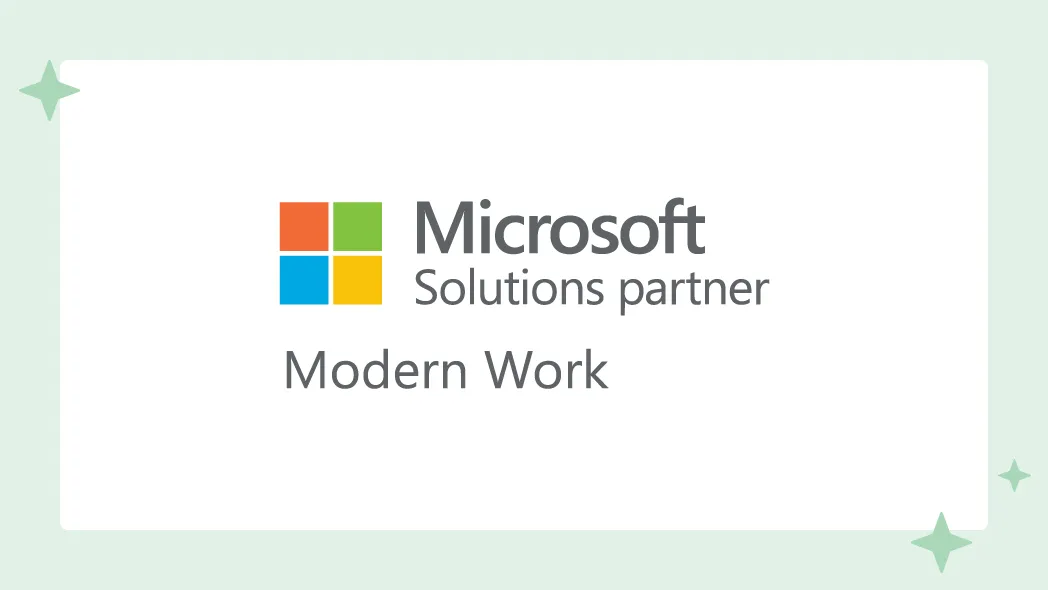The CRNA Doubles Down On Digital Transformation
QUICK SUMMARY
A guest post by Andrew Slessor, Director, Digital Strategy & Enablement. Andrew shares about the CRNA’s digital transformation and why he thinks this will always be a critical piece of their organization’s DNA.


The College of Registered Nurses of Alberta (CRNA) is a regulatory college under the Health Professions Act (HPA) that is responsible for governing and regulating registered nurses, nurse practitioners, certified graduate nurses, graduate nurses, and graduate nurse practitioners. Our team comprises nearly 100 people who are distributed across Alberta, with a few individuals located outside of Alberta in other parts of the country.
Our key business functions are:
- Setting licensure requirements
- Issuing and renewing permits when requirements are met
- Ensuring registrants maintain competence and stay current in their practice
- Developing and enforcing standards of behaviour and conduct we expect from our registrants
- Acting on complaints about our registrants and holding registrants accountable
I have worked in the IT and digital space for over 25 years, and I have been at the CRNA since 2020. During the last 24 months, I have been working on delivering our digital transformation strategy. Although we still have lots of work left to do, it has been a very positive experience so far — largely due to our organization’s commitment to creating a better experience for our team.
Digital Transformation at the CRNA
The CRNA’s digital transformation is mostly focused on our internal processes. We want our business processes to be more reliable, repeatable and efficient, so we can quickly adapt to changes in the provincial regulatory environment, ultimately creating a better experience for everyone — staff, registrants, customers, partners and collaborators.
Since technology and our business can change quickly, we set a three-year vision for our strategy. We figured that would allow us to build a more relevant plan and still give folks time to adapt to the changes in tools and process.
The first part of our transformation looked like this:
- We started in 2019 with a simple tech review — to look at the different job functions within our organization and see what we were using and with what degree of success.
- We then evolved past a review into exploring how the CRNA could be a better organization if we adopted a technology roadmap.
- In 2020, we made a few changes to the strategy to adapt to the challenges of the COVID-19 pandemic.
- For the past three years, we’ve been moving from job function to job function, reviewing existing processes and implementing systems to support our upgraded workflows.
We should be done with our first scope of work in the next year, and then we will build another plan for the following three years. Our digital transformation will never end. We will continue to adapt to changes in technology and the marketplace. Technology will become a part of the College’s DNA and will be leveraged in everything we do.
Role Call — The Team Matters
There are folks out there who think digital transformation is solely an IT initiative — well, it is most certainly not. Technology is important, but without understanding its purpose and coaching people how to adapt to it, it becomes irrelevant. The “people” part of digital transformation is probably the biggest factor for success or failure.
Our digital transformation team is made up of the following roles:
- Project Manager
- Strategist
- Process Designer
- Product Owner
- Architect
- Developers
- Change Management Experts
- Business Team Members
As we started moving from planning to implementation, we realized we did not have enough internal capacity to hit our goals and timelines. We sought out an organization who would partner with us to augment our existing team and execute the work faster.
That is how we started working with Punchcard.
Ultimately, we chose Punchcard because, apart from being smart and capable, I felt like their processes and technology stack aligned with ours which I believed would be the best fit for our existing team. From day one, the Punchcard team blended well with ours. I found the Punchcardigans to be smart, focused and eager—they are all great to work with.
Our new blended team has raised the overall sophistication of the tools we’ve been developing, and we have significantly increased the velocity of our outputs.
Making A Real Impact on Our Organization—And People’s Lives
We have seen tangible benefits of the work we are doing through this digital transformation. And it is not solely about increasing the organization’s productivity; it is also about enhancing the impact of the CRNA.
Many of our new applicants come from international locations. They often relocate to Alberta for important reasons—to support their family, to get away from an unsafe environment or to seek new opportunities for prosperity. In the past, international applicants waited months or even years for their applications to be approved.
With our automated systems and updated processes, international applicants meet the same requirements, but it takes days rather than years to be approved. Applicants living in Alberta either underemployed or unemployed could now work to their full potential as RNs!
Internally at the CRNA, I am most proud of the process that we have developed for transformation. The way our teams can take ideas, develop prototypes, build and then release tools is excellent!
- Our design sessions and prototyping activities give us the ability to show users what we are building. We end up feeling more confident that what we are building is actually what the users need, rather than just what they thought they needed when they asked for it.
- We feel confident that when we deploy new tools, our systems aren’t going to come down (crash). No one will experience any downtime or inconvenience.
- We build with a security first mentality. We feel confident that our registrants’ data is safe.
- And we are fast—we moved from a traditional model of deploying monthly or quarterly to deploying several times a day.
Wrap Up: Rapid-Fire Reflections
What has been the best part of this transformation?
The impact. It has been real, significant and has affected our registrants, applicants, staff, and other partner groups.
What has been the most frustrating part?
The pace: changing an organization takes time — we are in year three. And the resistance from people—digital transformation impacts how people operate daily which can be uncomfortable for many folks.
What would you change, knowing what you know now?
I would have engaged with change management earlier to ensure that people understand what we are doing, what our plan is and how it will help them. The pandemic forced us to rush phase one, which affected how we guided our organization through the change.
What advice would you give to another organization that is thinking about Digital Transformation?
Without a great delivery team, transformation will not be successful. It is easy to have an idea, and difficult to implement that idea. This is where Punchcard really helped.
Make sure you have support, involvement and buy in from your executive team. This program was endorsed and supported right from the top—without that, it would never have happened.
Ensure you have an effective change management team. Make sure they are engaged early and communicate the change constantly.



You Might Also Like
Featured Posts

Let’s Build What’s Next (A Punchcard Celebrates 2025 Retrospective)
Read more: Let’s Build What’s Next (A Punchcard Celebrates 2025 Retrospective)










